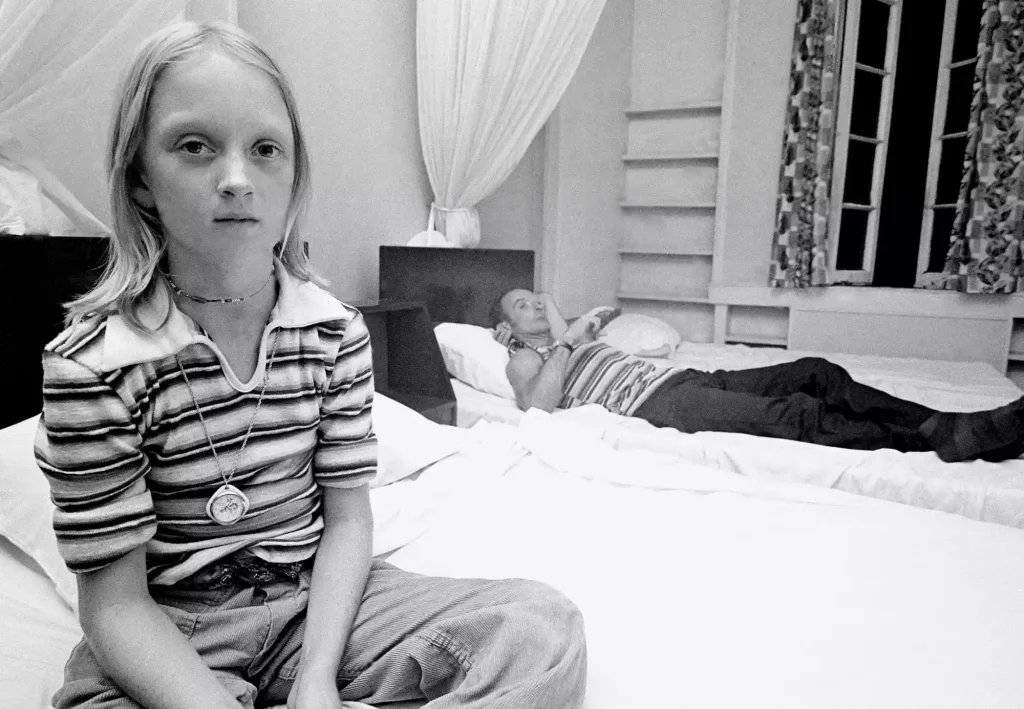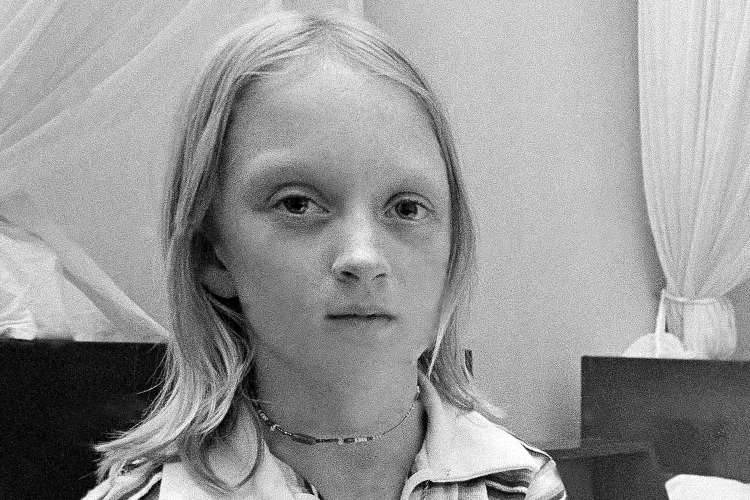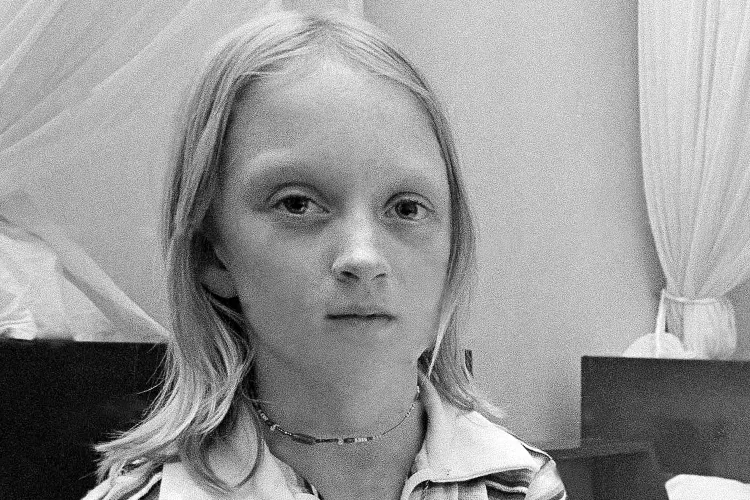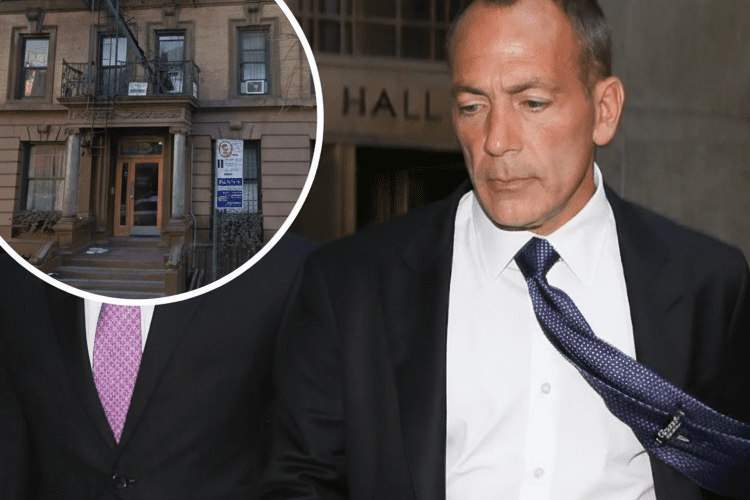Over 900 People Died in the Jonestown Mass Murder-Suicide — and One 12-Year-Old Girl Miraculously Escaped Into the Jungle and Lived to Tell Her Story
More than four decades have passed since the world awoke to the horrifying news out of the Guyanese rainforest — hundreds of followers of Jim Jones, leader of the People’s Temple, were found dead in a remote settlement that came to be known simply as Jonestown. It remains one of the deadliest single events involving American civilians before 9/11, a tragedy so vast that its name still evokes shock and disbelief. But while much of the world remembers Jonestown through headlines, photographs and documentaries, a small number of survivors live with memories far more vivid, far more personal and far more painful.

Among them is Tracy Parks, who was just 12 years old in November 1978 when her world collapsed around her. She survived only because her father made a split-second decision to flee — a decision that saved her life, but one that also meant leaving behind nearly everyone she knew, including many of the children who had been her closest friends. Today, at 58, Parks is one of the few people who can speak not only about the day Jonestown fell, but about what it was like to live inside it as a child — hopeful, devoted, and oblivious to the catastrophe building around her.
Parks grew up in the People’s Temple, a movement that began with progressive ideals. It attracted families who believed they were joining a community centered on equality, integration, socialism and spiritual purpose. For a while, it was exactly that. Children had friends. Families shared meals. People saw themselves as part of something bigger than their own lives. “To us, it felt like family,” Parks has said in interviews. The adults were hardworking, united by the message that they were building a better world.
But as Jim Jones tightened his grip on the church, the tone shifted. Members were pushed to relocate to Guyana to build a remote agricultural commune. They left behind cities, schools and extended relatives to follow what they believed was a righteous mission. For children like Tracy, Jonestown initially felt like an adventure — a world of tropical plants, new routines and communal living. What she could not understand at the time was the level of control Jones exerted, or how isolated they had become.

She remembers the long days in the fields, the camp-wide meetings that stretched into the night, and the way questions were discouraged. She recalls how adults whispered when Jones was out of earshot, how punishments grew harsher, how hope began to feel like something people practiced but didn’t quite believe in anymore. Yet she also remembers small joys — learning songs with other kids, doing chores with friends, running barefoot through open spaces under the thick canopy of the jungle. Childhood has a way of softening edges, even in places where danger quietly grows.
In the days leading up to November 18, 1978, tensions surged. California Congressman Leo Ryan arrived in Guyana to investigate reports of abuse and coercion inside the settlement. Some members saw his presence as a lifeline. Others feared retaliation. Jones saw it as a threat he could not allow. When Ryan attempted to escort defectors out of Jonestown, armed Temple members opened fire at the nearby airstrip, killing the congressman and several others. The murders set off a chain of events so irreversible that every survivor still describes it as the moment the world shifted.
Back at Jonestown, Jones summoned the entire community to the pavilion. Tracy remembers her father whispering that something was terribly wrong. The loudspeakers echoed with instructions no one wanted to hear. Chaos erupted as parents screamed, children cried, and armed guards closed in. Tracy’s father grabbed her hand and told her to run. She didn’t fully understand what was happening — only that the panic in his voice meant they had no time.

They fled into the dense rainforest, hearing screams and confusion behind them. Tracy’s father made her keep going, even when branches cut their skin and the ground turned to mud. They hid in the foliage, trembling in silence, afraid the armed guards might come after them. When the sounds faded, they walked for hours, finding other escaping families along the way. All of them were scared, disoriented and desperate to believe they were far enough away.
When the Guyanese military eventually discovered the settlement, the scene was incomprehensible. More than 900 people, including nearly 300 children, were dead. To this day, the weight of that number is almost impossible to grasp. Tracy lost friends, community members and nearly everyone she had grown up with inside the Temple. She lost the place that had shaped her identity, even with its flaws. She lost the innocence of childhood in a single day.
For years afterward, Parks rarely spoke about Jonestown. Like many survivors, she carried the trauma quietly, knowing that the world had turned the tragedy into a kind of cultural shorthand — something referenced more often than understood. But in adulthood, she felt compelled to reclaim the truth. She wanted to make people understand that what happened was not a simple mass suicide, nor a willing act by hundreds of people eager to die. It was, as she emphasizes, murder — a forced poisoning, carried out under threat, in an environment where choice had long been stripped away.
“This wasn’t suicide. This was murder,” Tracy has said unequivocally. “Those children didn’t want to die and neither did many of the adults.” Her voice does not tremble when she says it. She speaks with the clarity of someone who lived through the final moments of a breaking world — someone who will forever carry the faces of the children who did not escape.
Her father, who saved her life that day, passed away years later. Tracy often says she owes every year she has lived since to the courage he showed in those minutes. At 12, she didn’t understand the magnitude of what he had done. Today, she understands it with every breath.
In the decades since the tragedy, Parks has slowly built a life rooted in resilience. She has spoken to schools, community groups and survivors of other traumas, always emphasizing the importance of understanding how manipulation and coercion develop. She hopes people will learn not only about the horror of Jonestown, but about how vulnerable communities can be drawn into harmful systems without realizing the danger until it is too late.
When she looks at the photographs from that time — the shy girl with straight blonde hair, the girl who had no idea she would become one of the few living witnesses to an event that would shape history — she sees both innocence and strength. She survived not because she understood what was happening, but because she followed the one person she trusted most.
Today, Tracy Parks stands as a reminder that even in the darkest places, a spark of courage can alter the course of a life. She continues to honor the people who were lost — not as a headline, not as a footnote in American history, but as human beings who deserved better.
Her story, after all these years, remains a testament to survival, truth and the enduring strength of a girl who ran into the jungle and lived.



